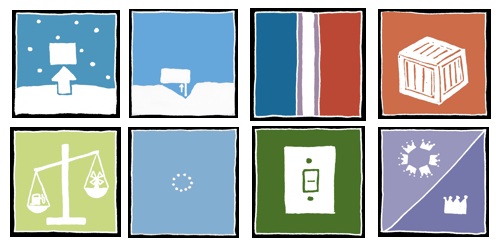The original station was set up by Roald Amundsen who reached the South Pole on Dec. 11, 1911. It was simply a tent that he set up in the spot he determined to be the South Pole.

The station today is named after Amundsen, as well as explorer Robert F. Scott and his party, who reached the South Pole Jan. 17, 1912. In 1956, the site was surveyed for the establishment of a research station for the International Geophysical Year (IGY), which was completed in 1957. It expanded so much that a new station was constructed from 1970 to 1975 and dedicated upon completion. Since then, a third station has been built, and was completed in 2008 for the U.S. National Science Foundation.
Originally built 400 m from the South Pole, the ice movement at a rate of 10 m per year is moving the station closer to the real pole. Today, it is a year-round facility for scientific projects operated by the National Science Foundation. Its location is ideal to research things like the Earth's origin, astrophysics, astronomy, and climate change. It includes living, dining, communication, recreation, laboratory, observatory, and meeting spaces. It can accommodate over 200 people, although only about 40 stay through the winters to keep the station running.

No comments:
Post a Comment